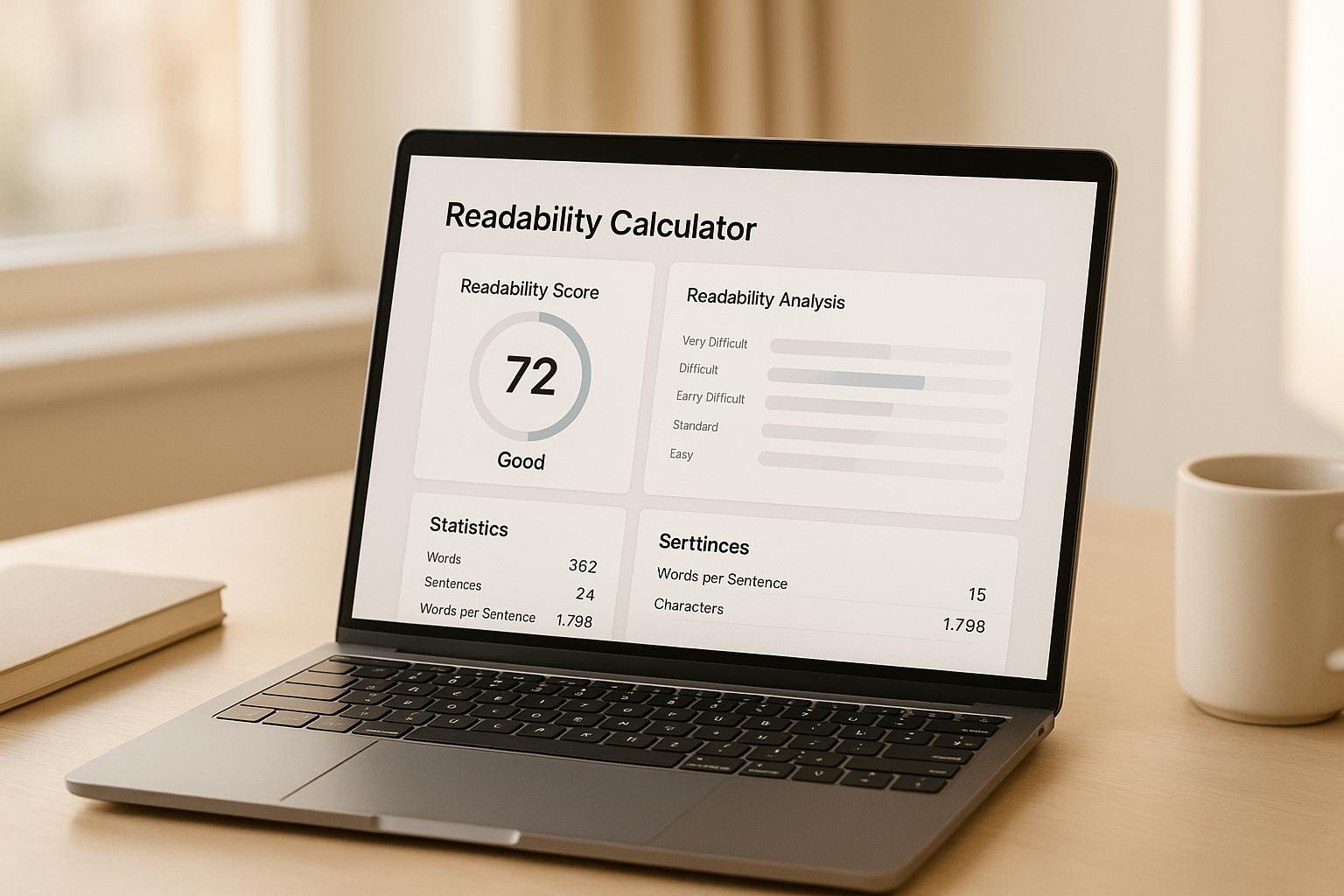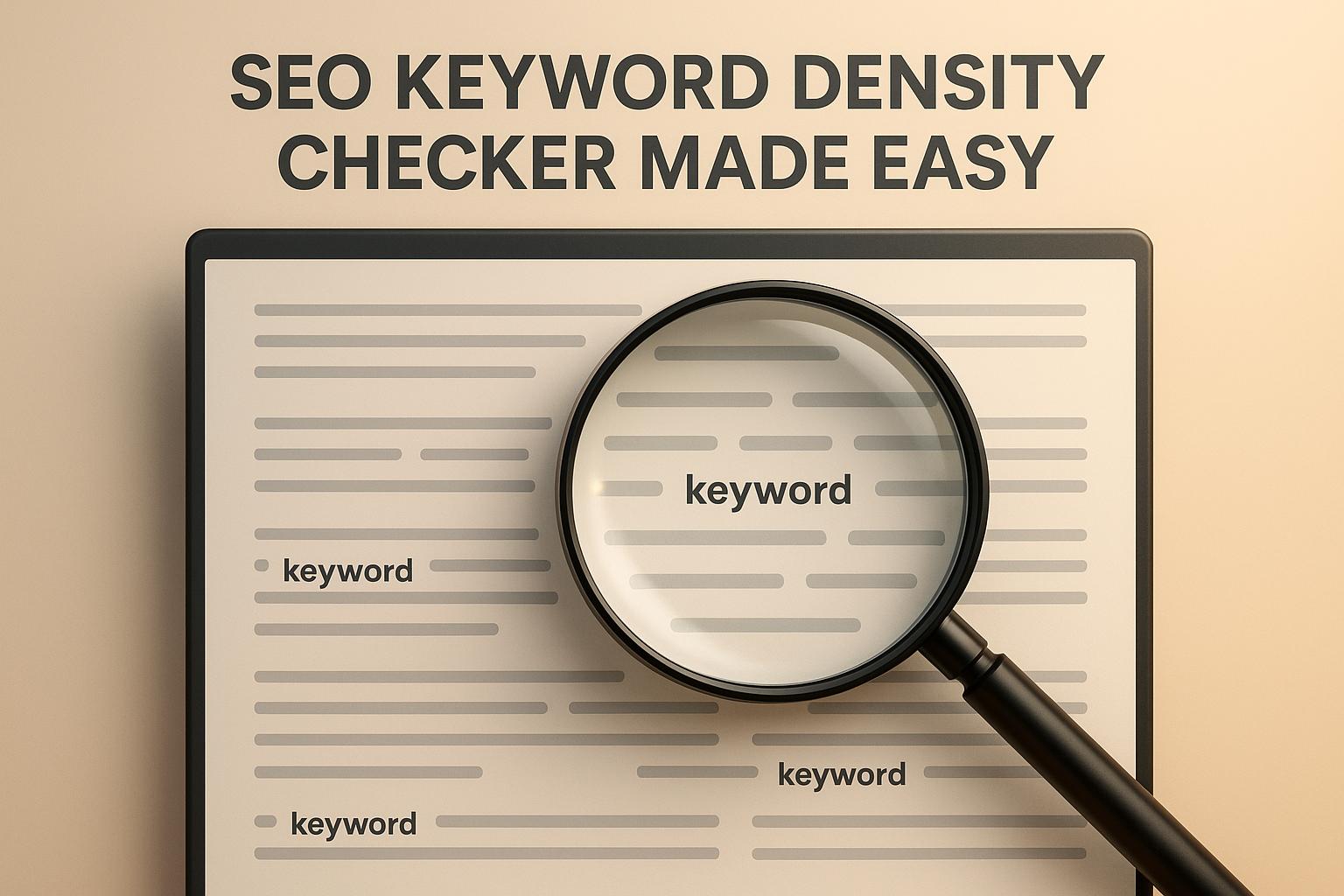

The Winning On Page SEO Strategy for Highest Rankings

The Winning On Page SEO Strategy for Highest Rankings
 03-03-2025 (Last modified: 06-10-2025)
03-03-2025 (Last modified: 06-10-2025)
Ranking on Google in 2026 (well almost 2026!) takes more than just stuffing keywords into your content and hoping for the best. Algorithms are smarter, competition is fiercer, and user expectations are sky-high. That’s why having a clear, data-backed on-page SEO strategy is essential.
On-page SEO isn’t just about pleasing search engines; it’s about creating pages that connect with people and perform well technically. When done right, it improves your visibility, credibility, and conversions, and you can do it all without spending a penny on ads.
Here’s what this guide will help you with:
-
Build a framework for sustainable, long-term ranking improvements.
-
Learn the on-page elements that Google’s AI actually pays attention to.
-
Optimize for engagement metrics like dwell time and scroll depth (not just keywords).
-
Test your optimizations with tools like PageTest.AI to find what really works.
Because great SEO isn’t about guessing… it’s about testing, refining, and staying one step ahead.
Why On-Page SEO Matters
A strong on page SEO strategy is like a well-organized toolbox. When everything is in the right place and working as it should, your website performs better. But if your SEO efforts are scattered or outdated, you’re basically leaving money—and rankings—on the table.

Benefits of a Well-Executed On Page SEO Strategy:
- Increases organic traffic – Get found by more potential customers without spending a dime on ads.
- Improves search rankings – Higher positions on Google mean more visibility and credibility.
- Enhances user experience – A well-structured site keeps visitors engaged and lowers bounce rates.
- Boosts conversions – More traffic, better engagement, and a smooth user experience lead to more sales or leads.
“User satisfaction signals — like time on page and interaction — now play a stronger role in search rankings than ever before.” Google Search Central (2025)
Now that we’ve covered why this matters, let’s dive into the elements of a winning on page SEO strategy…
1. Optimize Title Tags for Maximum Impact
Your title tag is the first thing people see in search results, so make it count. A poorly optimized title is like a weak handshake—it doesn’t make a great first impression.
How to Craft an Effective Title Tag:
- Keep it under 60 characters to avoid getting cut off.
- Place your primary keyword early in the title.
- Make it compelling—think of it like a headline that makes people want to click.
Example:
- Bad: “Homepage | Generic Company Name”
- Good: “On-Page SEO Strategy: How to Rank Higher in Search Results”
For more on this, check out our guide on On-Page SEO Elements.
2. Write Meta Descriptions That Drive Clicks
Google might not use meta descriptions as a direct ranking factor, but they do impact click-through rates. A well-written meta description can be the difference between someone clicking your link or scrolling past.
Meta Description Best Practices:
- Keep it under 160 characters.
- Use action-oriented language to encourage clicks.
- Naturally include your target keyword.
Example:
- Bad: “Learn about on-page SEO and why it matters.”
- Good: “Boost your rankings with a powerful on-page SEO strategy! Learn how to optimize titles, content, and structure to dominate search results.”

3. Use Header Tags to Structure Content
Think of header tags (H1, H2, H3, etc.) like signposts for your readers and search engines. They help break up content, making it easier to read and scan.
Best Practices for Header Tags:
- Use only one H1 tag per page (this should be your page title).
- Break sections into H2s and H3s for better readability.
- Naturally include keywords in headers where relevant.
Example Header Structure:
- H1: On-Page SEO Strategy: The Ultimate Guide to Higher Rankings
- H2: Why On-Page SEO Matters
- H2: Key Elements of On-Page SEO
- H3: Optimizing Title Tags and Meta Descriptions
- H3: Using Header Tags Effectively
- H2: Advanced SEO Strategies
This makes content easier to digest and helps Google understand what your page is about.
“SEO strategy isn’t about chasing algorithms — it’s about aligning great user experience with clear technical optimization.” Aleyda Solís
4. Optimize Keyword Placement (Without Stuffing)
Keyword optimization is about balance. Overstuffing your content with keywords is not only ineffective but can harm your rankings.
Smart Keyword Placement:
- Title tag – Use your primary keyword early.
- Meta description – Naturally include it here.
- First 100 words – Introduce your keyword early in your content.
- Headers (H2, H3) – Sprinkle it in where relevant.
- Throughout content – Use variations and related terms.
Example: Instead of cramming “on-page SEO strategy” everywhere, mix in related terms like “SEO best practices” and “content optimization techniques”.
“The top-ranking pages on Google have an average word count of 1,447 words, proving that depth and clarity matter more than keyword density.” Backlinko 2025
5. Strengthen Internal Linking
Internal linking helps distribute page authority and keeps visitors engaged by guiding them to related content.
Best Practices for Internal Linking:
- Use descriptive anchor text (e.g., “Learn more in our On-Page SEO Tactics guide”).
- Link to high-value, relevant pages.
- Don’t overdo it—quality over quantity.
A good internal linking structure helps users navigate your site while improving SEO.
6. Make Your Website Mobile-Friendly & Fast
Google’s mobile-first indexing means that if your site isn’t mobile-friendly, your rankings could suffer.
How to Improve Mobile SEO:
- Use responsive design to adapt to different screen sizes.
- Improve site speed with compressed images and a CDN.
- Test your site with Google’s Mobile-Friendly Test.
Example: A slow-loading mobile site can double bounce rates – don’t let that happen.

7. Optimize Image SEO
Images improve user experience, but if not optimized, they can slow down your site and hurt rankings.
Image Optimization Tips:
- Use descriptive file names (e.g., “on-page-seo-guide.jpg”).
- Add alt text to describe the image for search engines and accessibility.
- Compress images using TinyPNG or ShortPixel.
- Include responsive images to ensure they display well on all devices.
Final Thoughts: Implement Your On-Page SEO Strategy Today
A strong on page SEO strategy is a game-changer for businesses looking to increase search visibility, improve user experience, and drive more traffic. It’s not just about checking boxes, it’s also about creating a site that both Google and users love.
Our Top Takeaways:
- Optimize title tags & meta descriptions for better click-through rates.
- Use header tags to structure content effectively.
- Strategically place keywords without stuffing.
- Strengthen internal linking to improve SEO and navigation.
- Ensure mobile-friendliness and fast page speeds.
- Optimize images for better site performance.
- Test and Audit your site with A/B Testing
If you’re serious about ranking higher and growing your traffic, implementing these on-page SEO strategies is a must. Start optimizing today and watch your site climb the search results!
FAQs for On Page SEO Strategy
1. What’s the difference between on-page SEO and on-site SEO?
They’re often used interchangeably, but on-page SEO focuses on optimizing individual pages, while on-site SEO covers the entire site structure — including navigation, architecture, and internal linking.
2. What’s the most important part of on-page SEO?
Your title tag and first 100 words still carry the most weight for relevance. But in 2026, engagement metrics (like time on page and scroll depth) are increasingly critical.
3. Does keyword density still matter?
Not really. Google’s AI understands context, synonyms, and intent. Write naturally and focus on clarity rather than repeating exact keywords.
4. How can I measure if my on-page SEO is working?
Track organic traffic, average position, and engagement metrics through tools like Google Search Console and PageTest.AI. Testing copy variations can help identify what’s actually improving your rankings and conversions.
5. How often should I review my on-page SEO strategy?
Quarterly is ideal. Google’s algorithm updates roll out regularly, so refreshing old content, optimizing for new SERP features, and retesting CTAs keeps your site competitive.
say hello to easy Content Testing
try PageTest.AI tool for free
Start making the most of your websites traffic and optimize your content and CTAs.
Related Posts

 06-12-2025
06-12-2025
 Ian Naylor
Ian Naylor
Content Readability Calculator for Clarity
Check your text’s readability with our free calculator! Get Flesch-Kincaid and SMOG scores, plus tips to improve clarity for your audience.

 04-12-2025
04-12-2025
 Ian Naylor
Ian Naylor
SEO Keyword Density Checker Made Easy
Analyze keyword frequency with our free SEO Keyword Density Checker. Ensure your content is optimized and avoid overstuffing penalties!

 02-12-2025
02-12-2025
 Ian Naylor
Ian Naylor
Website Speed Test for Instant Insights
Test your website speed with our free tool! Enter a URL to get instant insights on load time, TTFB, and more. Optimize your site today!
